guzzimike
Cruisin' Guzzisti
- Joined
- Oct 28, 2008
- Messages
- 103
I have a 1979 CX100 Le Mans, which I have "customized" over the past18 years. Items include lightened flywheel, SS brake lines, Agostini Timing Gears, Ago Rear Sets, Stucchi saddle, Marauder Fairing , Malossi velocity stacks, Tomaselli Throttle, etc..
But my latest, mostest customization was a Floating Rear Brake Caliper and Torque Rod DIY retrofit. .
The reason for this modification was that I was experiencing a lot of Rear Wheel Hop when brakeing hard down from "vigorous" speeds; and this led to both increased Braking distances and also it definitely upset the stability of the frame, which in turn increased "Pucker Factor".
By retrofitting this Floating Rear Caliper / Torque Rod system, the same brakeing forces still exist; but are now distributed over a larger area of the frame so their overall effect is much minimized ( Think: showshoes for walking on deep powder without sinking )
This modification removed the fixed position of the Brake Caliper on the swingarm and instead allows the caliper to rotate unencumbered around the rear Axle, supported by the Torque Rod. This places the Rear Brake Caliper in a flexible trapezoid, relative to the road surface..
So, whereas the original rear brake caliper pivoted in an arc with its fulcrum being the Swingarm Bolt, it now moves in a more linear, Up & Down manner.
IOW, where before the negative brakeing forces were absorbed only by the Rear Shock, Rear wheel Axle and the Swingarm's front Bolt; these existing forces are now removed largely from the Rear Wheel axle, and are distributed into the fame, near the Battery tray, in addition to being directed onto their original Rear Shocks and Swingarm Bolt locations.
The Torque Rod serves to hold the Rear Brake Caliper in relative place and transmits felt forces onto the frame. The Torque Rod has Heim Joints at both ends for an almost infinite attitude at time of Brakeing. The Rod also parallels the rear Disk, so all forces are in line and rear pad wear is equalized.
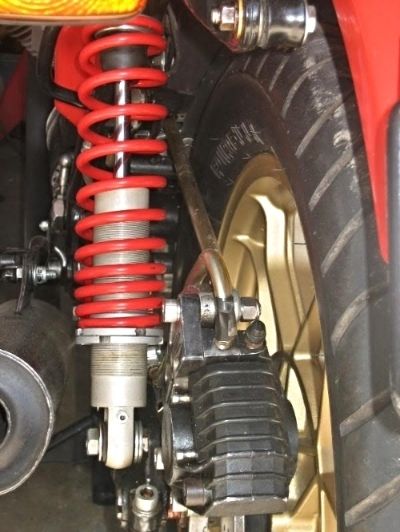
I sourced the Torque Rod and Heim Joints from parts used for steering mechanisms as found on professional Racing Go-Karts sites, so the integrity of both the torque Rod and the Heim Joints under severe stress loads is both Solid and Proven
Bottom line is that now there is No Wheel Hop, and the slowdown is just as hard, but linear and completely smooth; and it is reflected directly onto the frame.
Here are some pics.
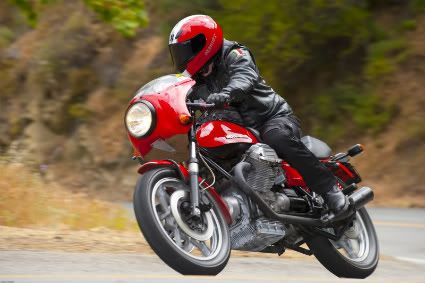
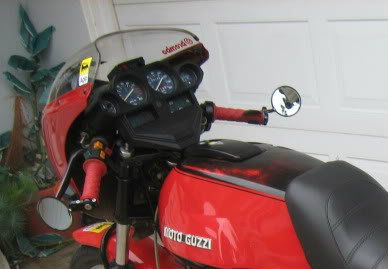
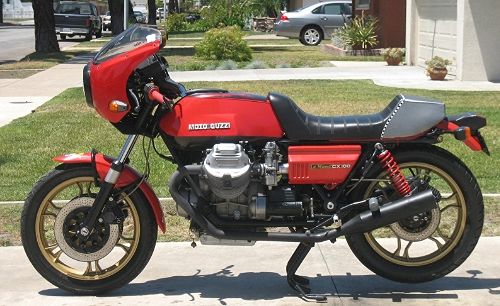
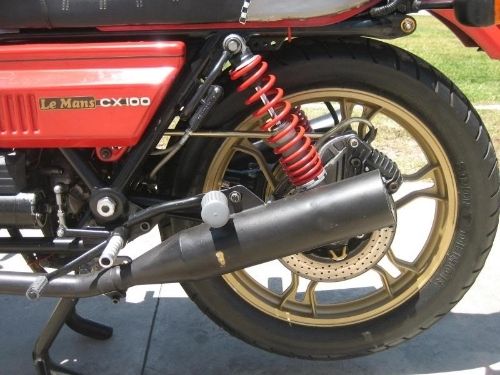
But my latest, mostest customization was a Floating Rear Brake Caliper and Torque Rod DIY retrofit. .
The reason for this modification was that I was experiencing a lot of Rear Wheel Hop when brakeing hard down from "vigorous" speeds; and this led to both increased Braking distances and also it definitely upset the stability of the frame, which in turn increased "Pucker Factor".
By retrofitting this Floating Rear Caliper / Torque Rod system, the same brakeing forces still exist; but are now distributed over a larger area of the frame so their overall effect is much minimized ( Think: showshoes for walking on deep powder without sinking )
This modification removed the fixed position of the Brake Caliper on the swingarm and instead allows the caliper to rotate unencumbered around the rear Axle, supported by the Torque Rod. This places the Rear Brake Caliper in a flexible trapezoid, relative to the road surface..
So, whereas the original rear brake caliper pivoted in an arc with its fulcrum being the Swingarm Bolt, it now moves in a more linear, Up & Down manner.
IOW, where before the negative brakeing forces were absorbed only by the Rear Shock, Rear wheel Axle and the Swingarm's front Bolt; these existing forces are now removed largely from the Rear Wheel axle, and are distributed into the fame, near the Battery tray, in addition to being directed onto their original Rear Shocks and Swingarm Bolt locations.
The Torque Rod serves to hold the Rear Brake Caliper in relative place and transmits felt forces onto the frame. The Torque Rod has Heim Joints at both ends for an almost infinite attitude at time of Brakeing. The Rod also parallels the rear Disk, so all forces are in line and rear pad wear is equalized.

I sourced the Torque Rod and Heim Joints from parts used for steering mechanisms as found on professional Racing Go-Karts sites, so the integrity of both the torque Rod and the Heim Joints under severe stress loads is both Solid and Proven
Bottom line is that now there is No Wheel Hop, and the slowdown is just as hard, but linear and completely smooth; and it is reflected directly onto the frame.
Here are some pics.





